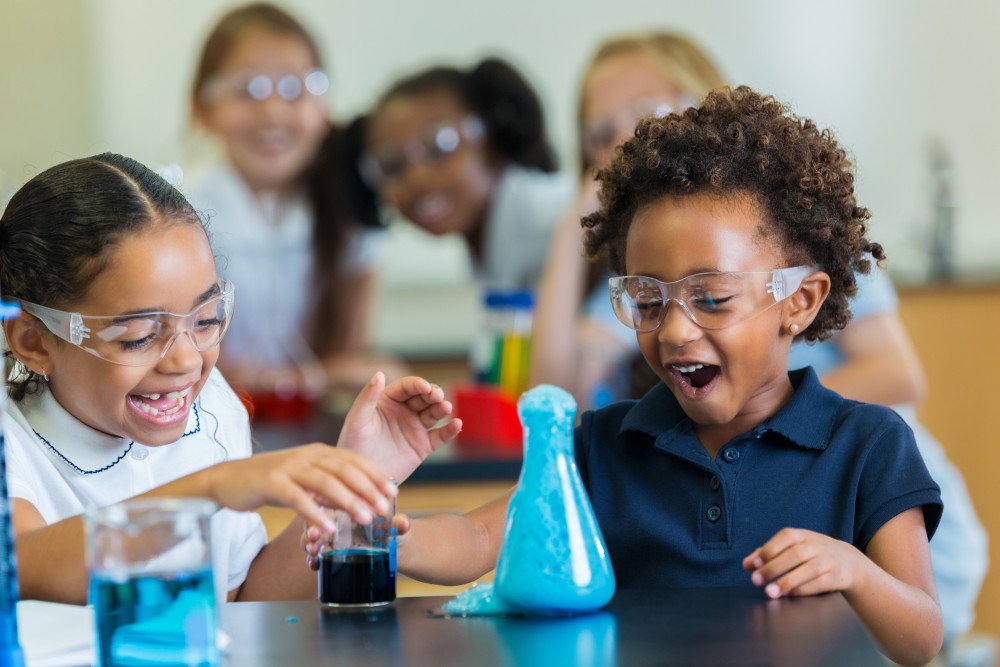If you know anything about young learners, you know that they’re curious. They have endless questions: What is it like on the moon? Why does a turtle live longer than a mouse? Why do fish live underwater? Why doesn’t an aeroplane flap its wings like a bird does? These questions can drive you crazy, but they show curiosity about the world and how it works – and if you stimulate this curiosity, you can help the child on a life-long journey of wonder and discovery.
Science is the study of the world and how it works, and children’s questions often relate to the way the world works. At school, we study the natural sciences, which include biology (the study of living things, chemistry (the study of matter, especially on a molecular level) and physics (the study of how matter and energy interact with each other). These may sound complicated, but science really just focuses on looking at the world around us in a logical and thoughtful way, so that we can understand how it works.
Children are instinctively interested in this. If we can keep their curiosity alive, they will ask questions, start to predict answers and then test their predictions and ideas. They will learn to collect information, evaluate it, and formulate logical arguments based on evidence. This is the essence of the scientific process, and it is the basis of critical thinking. Even if the child does not grow up to be a scientist, they will benefit from being able to think about the world rationally, rejecting false or flawed information, and being able to solve problems logically.
All this comes from feeding children’s curiosity about the world! Curiosity didn’t kill the cat – instead, it helps to create young scientists.
